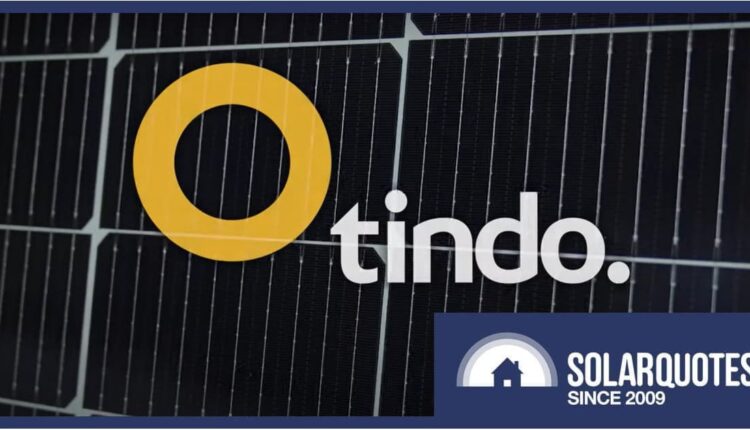Tindo Solar signs contract for Australian lower-emission aluminum
Australia’s only solar panel manufacturer has signed an agreement with the country’s largest aluminum extruder to supply module frame materials.
Tindo Solar has a manufacturing facility in Mawson Lakes in Adelaide, where the company produces solar panels from imported cells and other components. To incorporate more local content into its products, Tindo has entered into an initial supply partnership involving Capral Aluminum’s extruded “LoCAl” product, reportedly for use with Tindo’s 425W “Walara” modules1.
“We are committed to incorporating Australian-made components into our solar panels and Capral Aluminum is a key partner in this,” said Richard Petterson, CEO of Tindo Solar.
What is LoCAl aluminum?
The production of aluminum is energy and emissions intensive. According to Capral, the average carbon emissions of primary aluminum produced worldwide are about 12.46 kg carbon dioxide equivalent (CO2e) per kilogram. According to Capral, the LoCAl emission intensities are significantly lower:
- 8 kg CO2e/kg AL – LOCAL Green
- 4 kg CO2e/kg AL – LOCAL Super Green
It was not mentioned which type of restaurant Tindo chose.
By using renewable energy sources and recycling more scrap, lower-emission production of aluminum can be achieved. Tomago Aluminum, Australia’s largest single energy consumer and largest aluminum smelter, is committed to making its energy sources as 100% renewable as possible.
In 2022, Capral Aluminum signed an agreement with Tomago to supply approximately 550 tons of production scrap annually for remelting. Recycling scrap requires only 5% of the energy needed to produce virgin aluminum, according to Capral, and the company says 25% of all aluminum it extrudes in 2024 will have carbon emissions of less than 8kg CO2e per kilogram will have been produced.
Capral is committed to achieving net zero by 2050 and is actively working to reduce Scope 1 and Scope 2 emissions. Scope 1 emissions are direct emissions from sources a company owns or controls, while Scope 2 emissions are indirect emissions associated with the production of consumed energy.
From little things…
While Capral is initially focused on meeting Tindo’s current production needs, the company is committed to supporting the company’s future Gigafactory with locally extruded aluminum.
“This venture is more than just a significant step for Tindo; It represents a milestone for the Australian manufacturing sector and demonstrates our potential to lead in sustainable energy solutions and build a more resilient local supply chain,” Capral’s Luke Hawkins said.
Currently, Tindo’s manufacturing facility is capable of producing 150 MW of modules per year, but the company’s $90 million to $100 million Gigafactory, to be built elsewhere, will have a production capacity of 1 GW per year have; is capable of producing 7,000 plates per day.
To support this project, which could create 250 to 300 jobs, Tindo plans to apply for funding under the Federal Government’s Solar Sunshot program, provided by the Australian Renewable Energy Agency (ARENA). The initiative provides up to $1 billion to support local solar PV production over 10 years.
“The development of our Gigafactory, supported by Capral, will not only improve our manufacturing capabilities, but also strengthen Australia’s renewable energy supply chain,” Mr Petterson said.
Tindo estimates that 1 GW+ is the scale required to kick-start a domestic downstream supply chain and announced in May this year that it was in discussions with local manufacturers of glass, aluminum, solar cells and other components.
Tindo Solar was founded in 2011 and the original factory had a production capacity of 60 megawatts before expanding to 150 MW; which began operations in 2022.
Tindo solar panels are on the more expensive end of the spectrum, but if you want to buy high quality Australian made panels, they are currently the only show in town. You can use SolarQuotes’ solar panel comparison chart to compare specifications and estimated prices of the company’s panels with a number of other brands.
Footnotes
- I couldn’t find any information about Walara solar panels on Tindo’s website. ↩



Comments are closed.